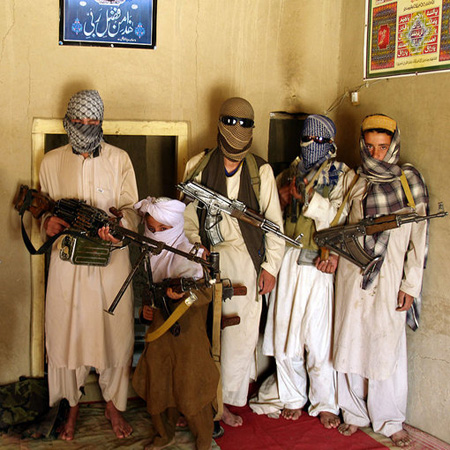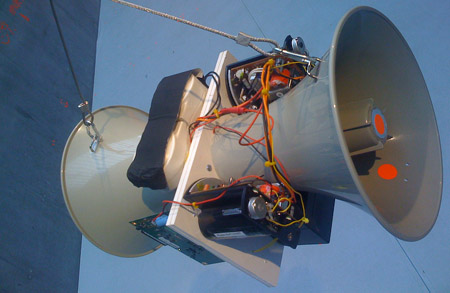Required reading? de schijn-élite van de valse munters
Two days ago i finished reading ‘De Schijn-élite van de Valse Munters‘ the much-hyped book by Martin Bosma who is credited with being the strategic brain behind the rise of the populist/islamophobic PVV that is enabling the current right wing minority government in the Netherlands.
I am not exactly sure why i started reading this book in the first place, but i guess it was because i wanted to get a better understanding some of the reasoning behind the (often extreme and seemingly irrational) politics of the PVV. I had also hoped that the book would contain some level of analysis of socio-economic issues that could contribute to my understanding the unprecedented electoral success of the PVV and learn from that. In short, i think that i had hoped that Bosma would turn out to be a really smart strategic thinker from whom i could learn a thing or two. unfortunately, the book has been a huge disappointment in all of these regards.
To be fair, i do not think that Bosma intended to analyze the current status of Dutch society or provide insights into his (or the PVV’s) strategic thinking. For him the books seems to serve one single purpose: to discredit his political opponents on the left.
In essence the entire book consists of an endless collage of quotes from various sources (his favorite sources are post WWII social democrats and fringe lunatics whom he refers to as ‘islam-experts’). From these quotes he tries to weave together a narrative that is supposed to show that following the 1960s Dutch society has been taken over by a far-left elite whose primary concern is to surrender the Netherlands to hordes of muslim immigrants who’s prime concern is to establish sharia law/a caliphate.
To ‘prove’ his theory he relies heavily on his impressive collection of quotes but presents almost no empirical evidence other than a number of references to surveys that have found that ‘the dutch people’ do not desire immigration or any other of the policies of the elites such as subsidies for the arts.
As a result, the biggest part of his book is devoted to a rather absurd attempt to frame the current elites as far-left extremists. This culminates in an entire chapter that is devoted to explaining that Adolf Hitler was, in fact, a far-left extremist1. While Bosma’s almost physical rejection of what he identifies as far-left extremist politics is palpable, i am still a bit puzzled what he wants to prove here: defining his own political position primarily in opposition to (a grotesquely twisted description of) the positions of your opponents does not strike me as something you would do if you had a well developed understanding of your own position.
All of this does not make Bosma the most stupid member of parliament ever (dutch, google translation here), but after reading through his book i am relatively certain that i overestimated his intelligence and the analytic rigor quite a bit. Now this is almost certainly a good thing…
-
If you read Dutch i recommend reading Ed van Thijn’s response (pdf) in the most recent issue of Socialisme and Democracie in which he strongly objects to Bosma’s attempt to equate socialism and national socialism. ↩︎


